| Structure | Name/CAS No. | Articles |
|---|---|---|
 |
Formic Acid
CAS:64-18-6 |
|
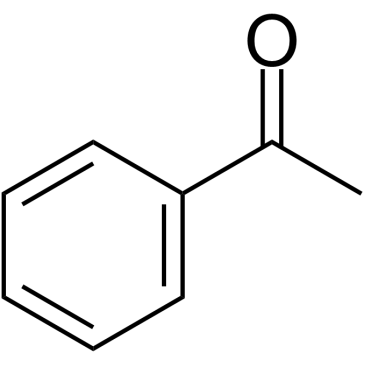 |
Acetophenone
CAS:98-86-2 |
|
 |
Acetonitrile
CAS:75-05-8 |
|
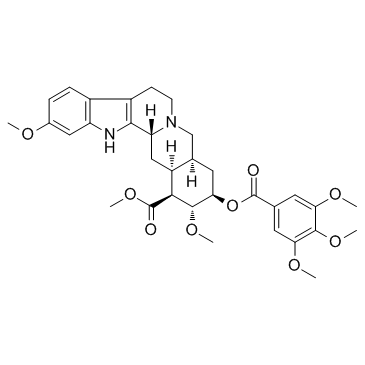 |
Reserpine
CAS:50-55-5 |
|
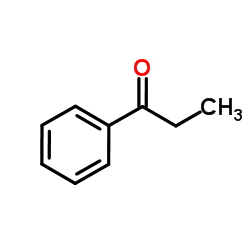 |
Phenyl ethyl ketone
CAS:93-55-0 |
|
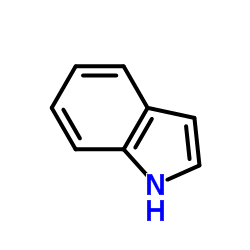 |
Indole
CAS:120-72-9 |
|
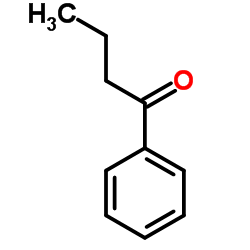 |
1-Phenylbutan-1-one
CAS:495-40-9 |
|
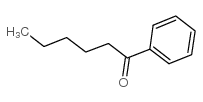 |
HEXANOPHENONE
CAS:942-92-7 |
|
 |
Valerophenone
CAS:1009-14-9 |
|
 |
Uracil
CAS:66-22-8 |